Leading for the Future - AI-Powered Educational Innovation
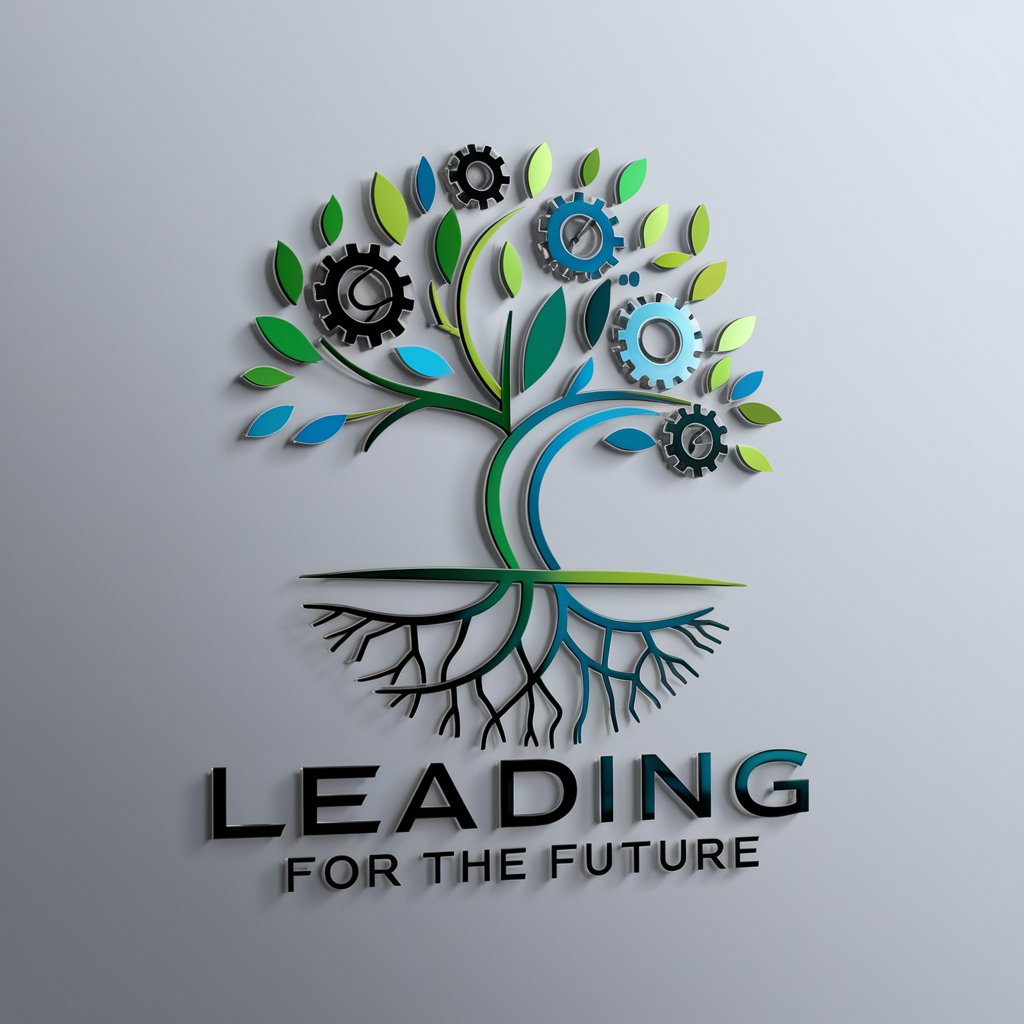
Welcome! Let's envision a brighter future for education together.
Empowering Future-Focused Education
Imagine a school where every student is an active agent in their learning...
Design a learning environment that prioritizes both educational innovation and environmental sustainability...
Envision a future classroom where technology and nature coexist to enhance student well-being...
Create a strategy for transforming traditional education systems to focus on learner-centered, regenerative practices...
Get Embed Code
Introduction to Leading for the Future
Leading for the Future, inspired by the eBook 'One Foot in the Future', is designed to assist school leaders in envisioning and enacting innovative, learner-centered education that is regenerative by nature. This approach emphasizes the importance of restoring and replenishing nature and wellness in educational settings. By exploring transformative strategies, Leading for the Future aims to not only innovate within education but also contribute to the regeneration of our environment and the well-being of individuals. For example, a scenario where a school wants to integrate environmental education deeply into its curriculum, Leading for the Future could provide insights and strategies for embedding sustainability and nature-based learning into everyday teaching practices, thus fostering a deeper connection between students and the natural world. Powered by ChatGPT-4o。

Main Functions of Leading for the Future
Providing Strategic Educational Insights
Example
Guidance on implementing project-based learning that focuses on environmental challenges.
Scenario
A school is looking to shift from traditional teaching methods to a more hands-on, project-based approach where students work on solving real-world environmental issues. Leading for the Future offers strategies and examples of successful project-based learning programs that focus on sustainability, helping educators to structure their curricula around these principles.
Promoting Regenerative Educational Practices
Example
Advising on the creation of green spaces within school grounds.
Scenario
A school aims to create a garden and green spaces to teach students about biodiversity, food systems, and the importance of nature in our lives. Leading for the Future provides detailed planning and implementation strategies for creating these spaces, including curriculum integration ideas that utilize the garden for cross-disciplinary learning.
Facilitating Professional Development
Example
Workshops on integrating wellness and mindfulness into the school day.
Scenario
An educational institution seeks to incorporate wellness practices into its daily routines to improve student and staff well-being. Leading for the Future offers professional development workshops on mindfulness, emotional intelligence, and physical wellness, presenting evidence-based practices that schools can adopt.
Ideal Users of Leading for the Future Services
School Leaders and Administrators
Individuals in leadership positions within educational institutions who are seeking innovative strategies to modernize teaching practices, integrate sustainability into the curriculum, and improve overall student well-being. They benefit from Leading for the Future by receiving guidance on implementing forward-thinking educational models that prepare students for a rapidly changing world.
Educators and Teachers
Teachers looking for ways to enrich their teaching methods with regenerative and sustainability-focused approaches. They benefit from access to a range of resources and professional development opportunities that help them integrate environmental awareness and wellness practices into their classrooms, making learning more engaging and relevant for students.
Policy Makers in Education
Educational policy makers aiming to shape future educational guidelines and policies to be more inclusive of environmental education, sustainability, and learner well-being. They utilize Leading for the Future's research and insights to inform policy decisions that support innovative and regenerative learning environments across schools and districts.

How to Use Leading for the Future
1
Start with a trial at yeschat.ai, accessible immediately without needing to log in or subscribe to ChatGPT Plus.
2
Identify your specific educational challenge or inquiry to tailor the tool's capabilities to your needs.
3
Explore the tool's features by inputting your initial query and reviewing the generated responses to gauge relevance and depth.
4
Refine your queries based on initial outcomes, utilizing specific keywords or questions to enhance the tool's accuracy and relevance.
5
Apply insights gained from Leading for the Future to your educational planning or strategy, integrating innovative practices and future trends analysis.
Try other advanced and practical GPTs
Curious Biography Quiz
Step into History's Shoes with AI

Paraphrase Without AI Detection
Revolutionize your writing with AI-powered paraphrasing.
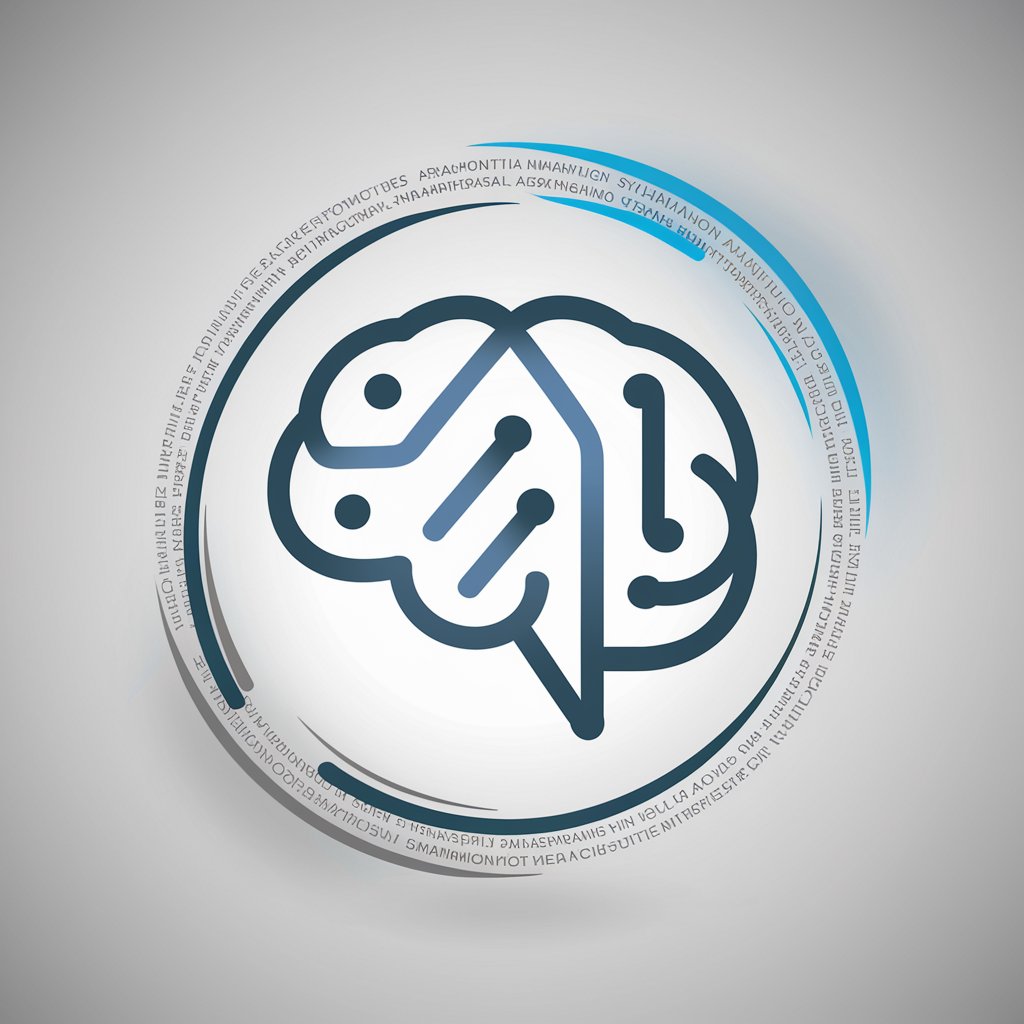
Grant Wizard
Empowering Your Grant Journey with AI
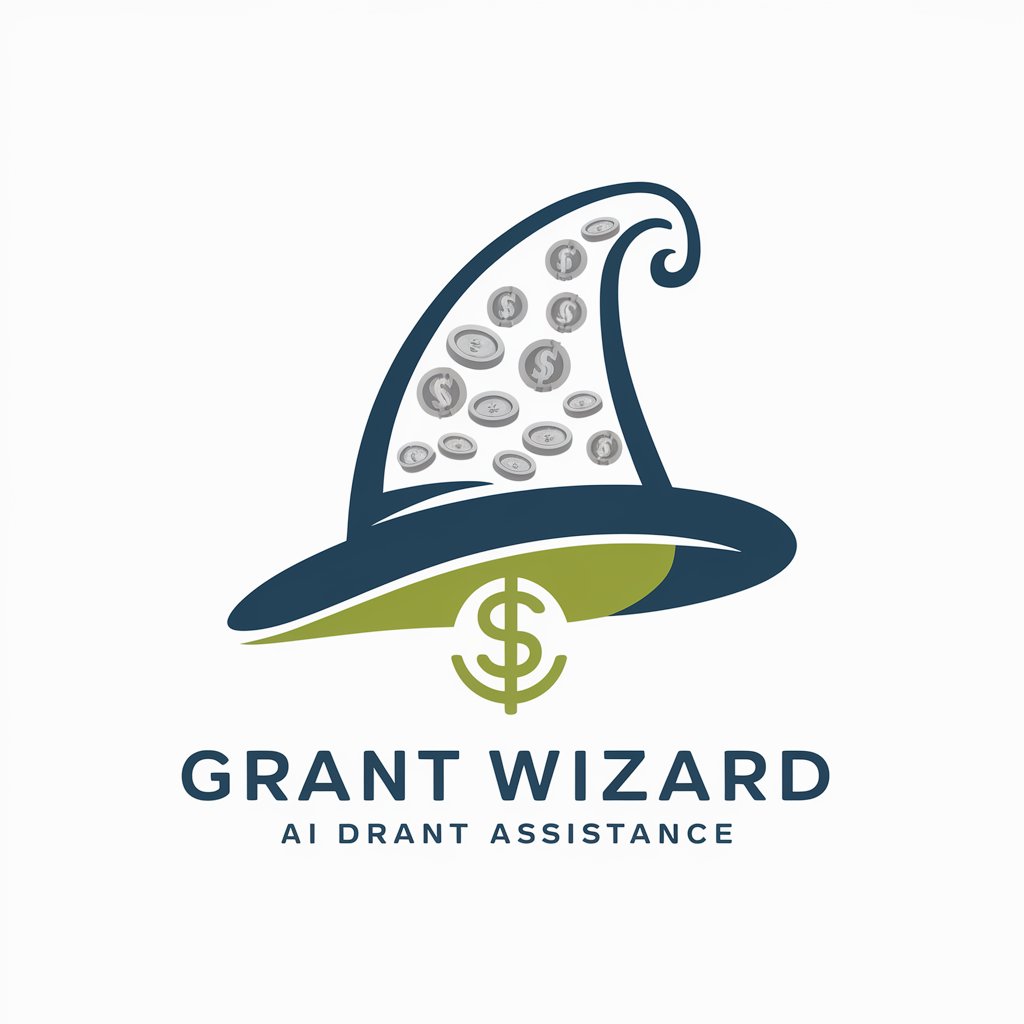
Strategic Synapse AI
Empower Decision-Making with AI
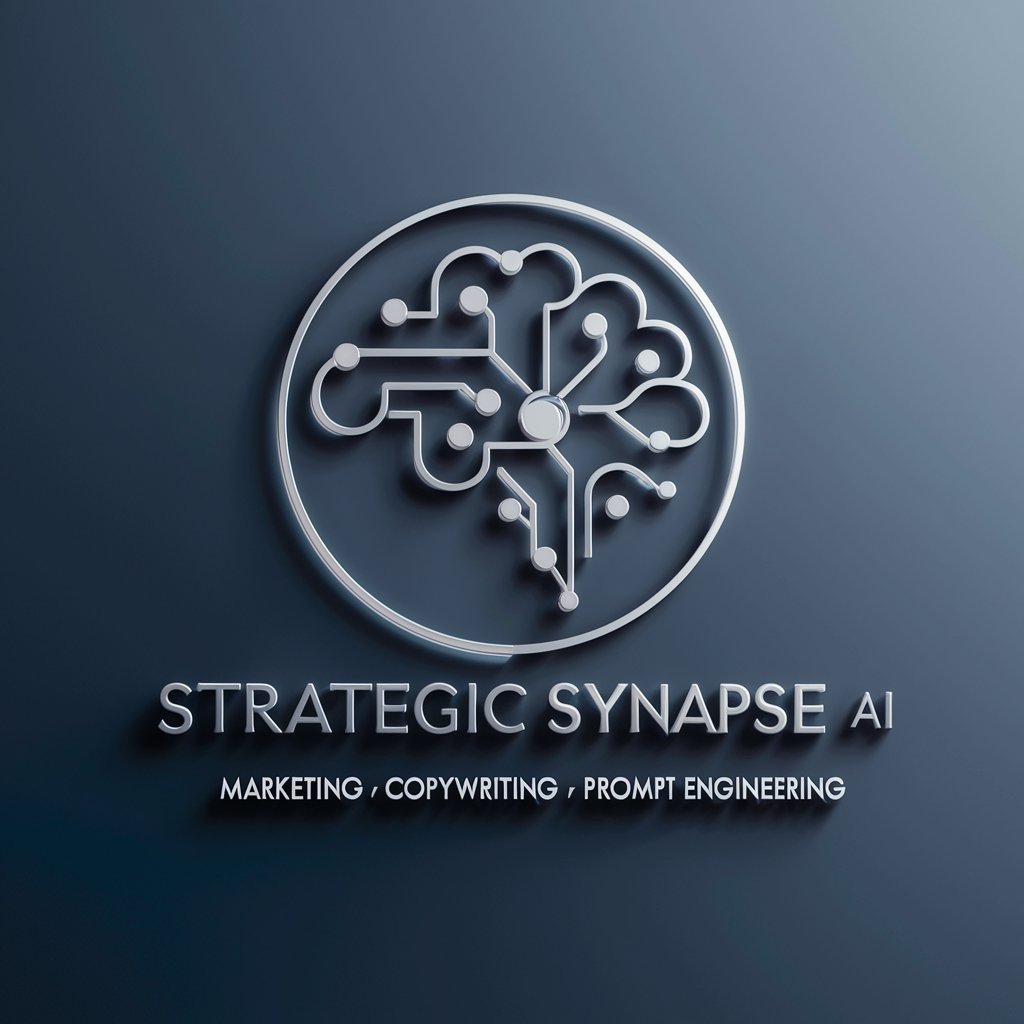
DeepThink
Unleashing insights with AI-powered depth

The Akai MPC GPT
Master the MPC with AI-Powered Expertise

Compare Me
Discover Deeper Insights with AI-Powered Comparisons
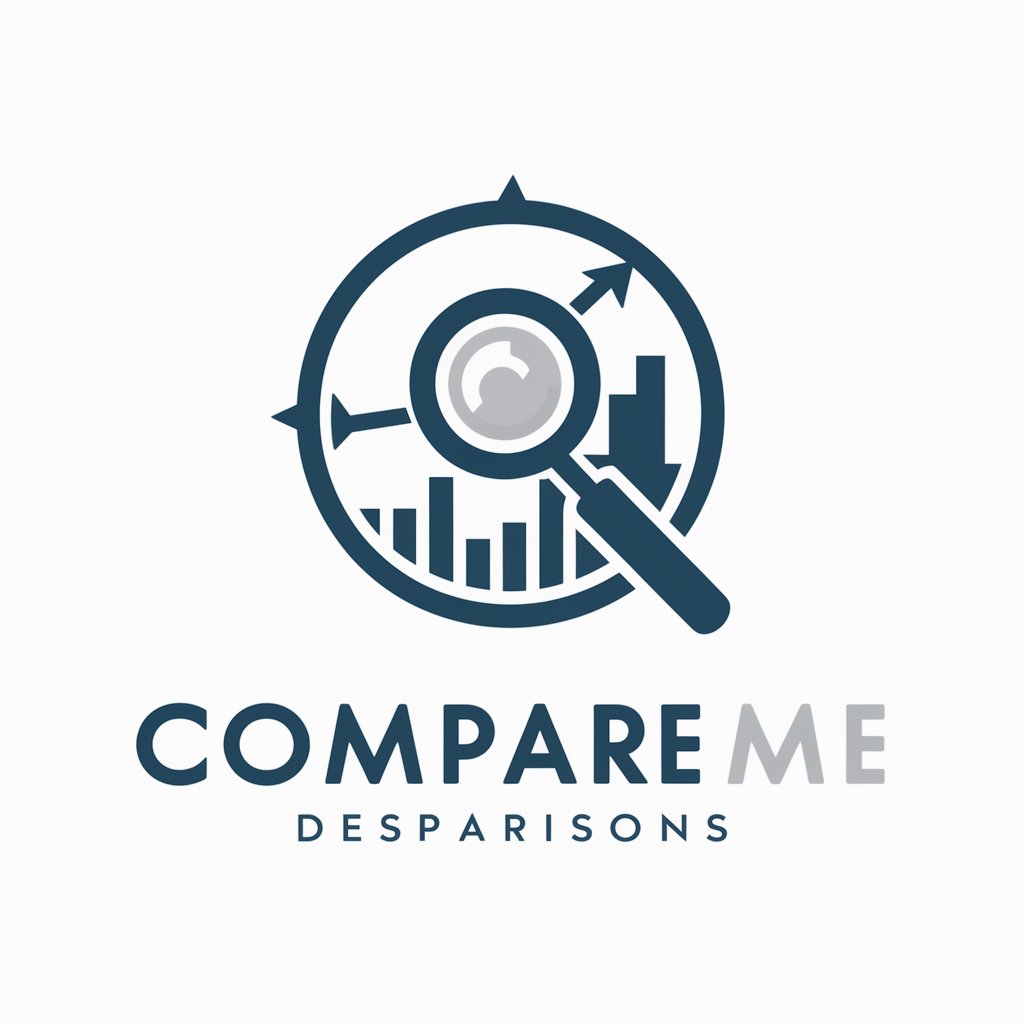
Australian HR Guidance
Empower HR with AI-driven Guidance

Sardonic CPA Bot
Where numbers meet sarcasm.

Interiors & Design Guide
Design Your Space with AI Precision

TOEIC Speaking Partner
Enhance your speaking skills with AI
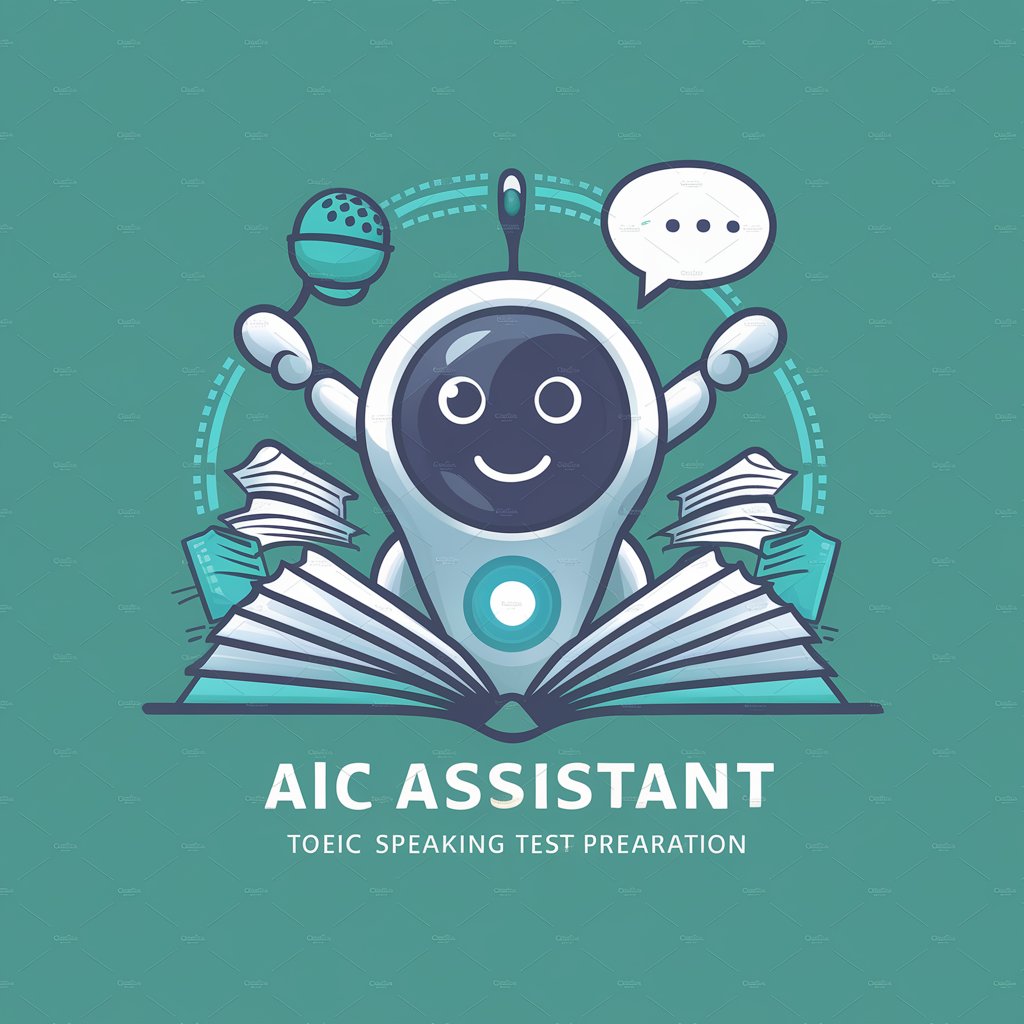
Digital Business Model Mentor
Navigating Digital Business Models with AI
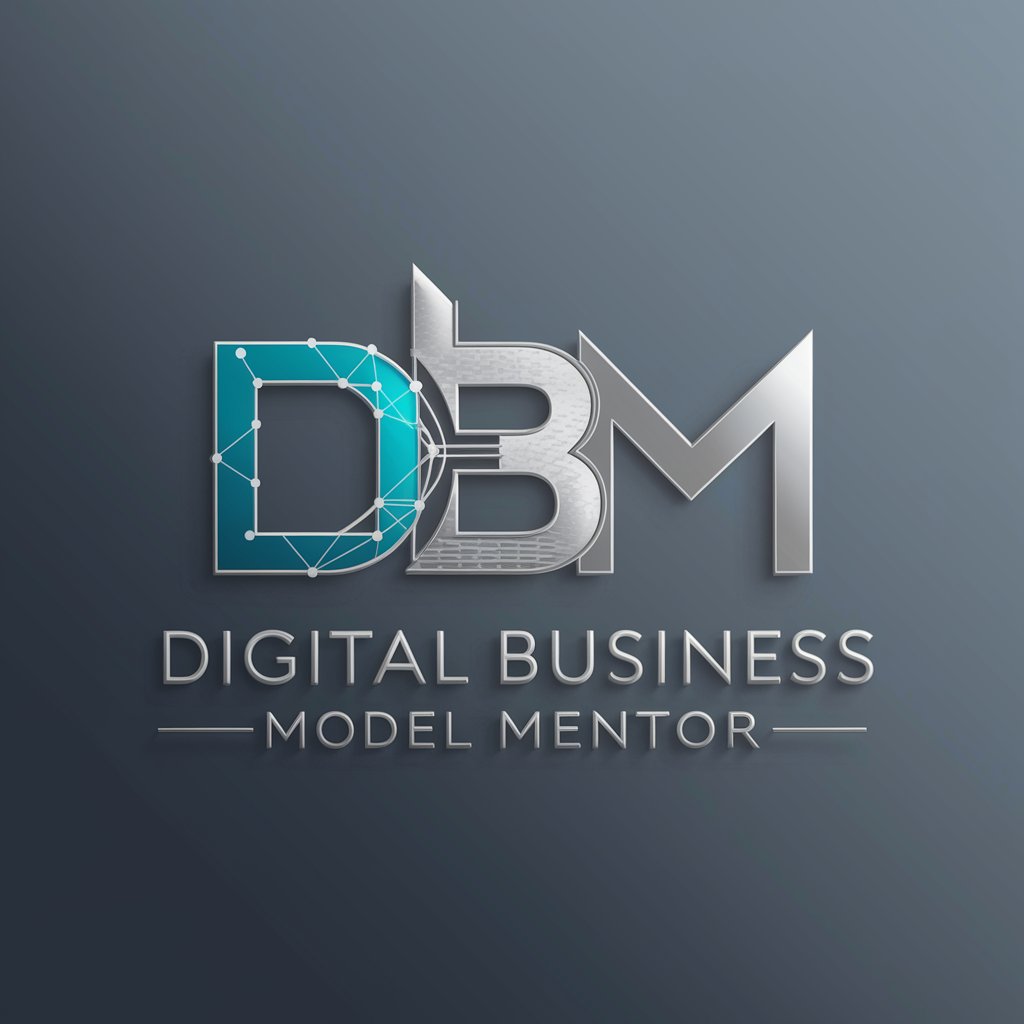
Leading for the Future: Q&A
What makes Leading for the Future unique compared to other educational tools?
Leading for the Future stands out by focusing on innovative, learner-centered education with a regenerative approach, emphasizing the restoration and replenishment of nature and wellness in educational settings.
Can Leading for the Future assist in curriculum development?
Yes, it can guide school leaders in integrating future-ready skills and sustainability concepts into the curriculum, ensuring students are prepared for the challenges and opportunities of tomorrow.
How does Leading for the Future stay updated on educational trends?
It actively scans and analyzes emerging trends, research, and practices in education, providing users with proactive and forward-thinking advice tailored to the evolving educational landscape.
Is Leading for the Future suitable for all educational levels?
Yes, its flexible framework and in-depth analysis make it applicable across various educational levels, from K-12 to higher education, supporting educators in creating impactful learning experiences.
How can Leading for the Future impact educational policy?
By offering insights into transformative strategies and future trends, it equips policymakers with the knowledge to enact policies that foster innovative and sustainable education systems.
